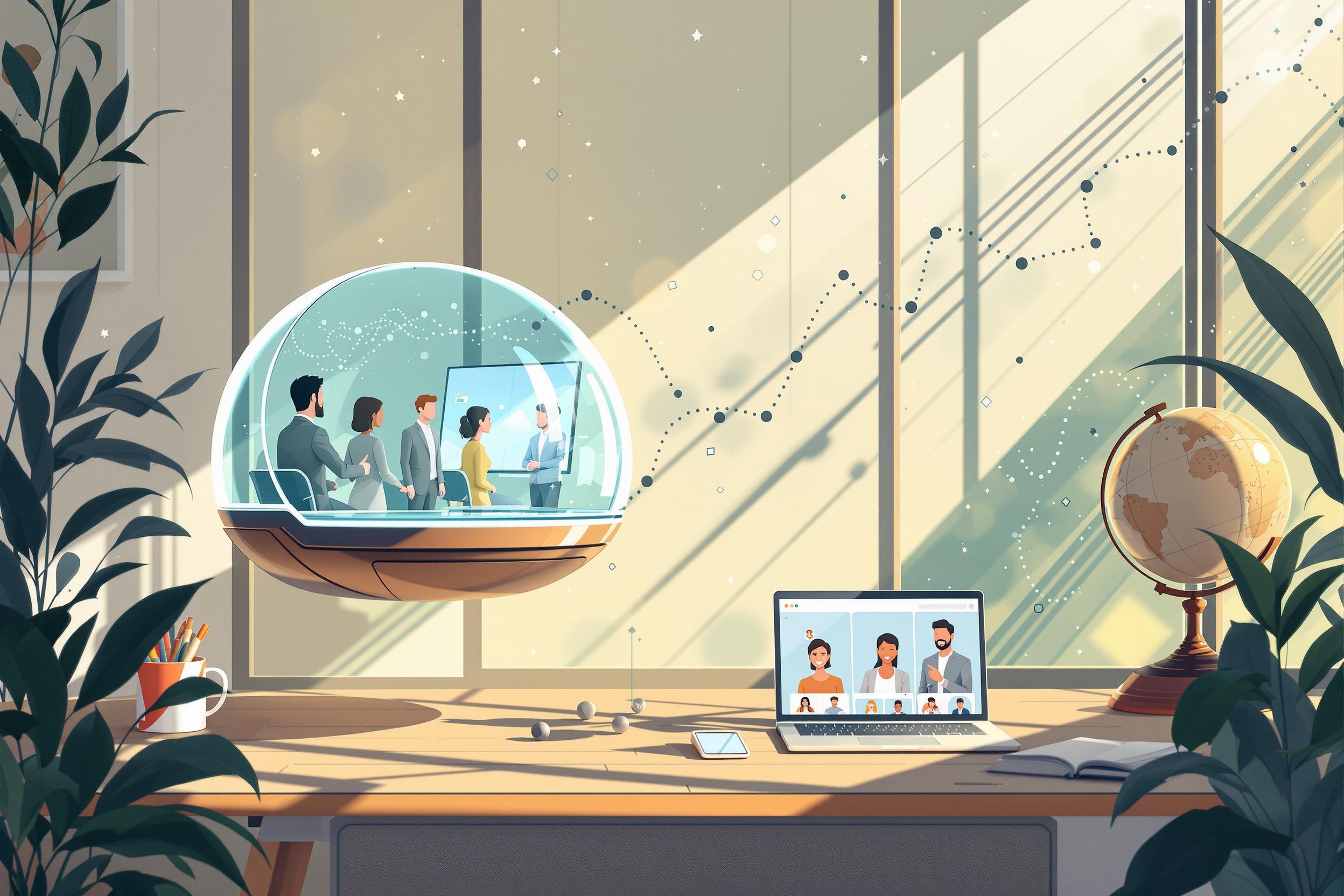
Previsualization
Previsualization (often shortened to "previs") is a planning method used in theater, concerts, and live events to design and test lighting setups before the actual installation. It's like creating a digital rehearsal of how lights will look during a show. Designers use computer software to make 3D models of the stage and lighting arrangements, helping them spot potential problems and perfect their designs before any physical equipment is installed. This saves time and money by reducing on-site adjustments and helps communicate ideas to clients and team members. Similar terms include "virtual production" or "lighting visualization."
Examples in Resumes
Created detailed Previsualization plans for Broadway musical lighting designs using industry-standard software
Utilized Previs techniques to design and test lighting arrangements for major concert tours
Led Previsualization sessions with clients to demonstrate lighting concepts before installation
Typical job title: "Lighting Designers"
Also try searching for:
Where to Find Lighting Designers
Professional Organizations
Online Communities
Job Resources
Example Interview Questions
Senior Level Questions
Q: How do you manage a previsualization project for a large-scale touring production?
Expected Answer: Should discuss coordinating with multiple departments, managing client expectations, creating detailed documentation, and problem-solving techniques for complex lighting setups. Should mention experience with various visualization software and ability to train others.
Q: How do you handle last-minute changes in a previsualization plan?
Expected Answer: Should explain their process for quick adaptations, maintaining backups of designs, and how they communicate changes to all stakeholders while keeping the project on schedule and within budget.
Mid Level Questions
Q: What software tools do you use for previsualization and why?
Expected Answer: Should be able to discuss multiple visualization software options, their strengths and weaknesses, and demonstrate understanding of when to use different tools for different projects.
Q: How do you ensure your previsualization matches real-world results?
Expected Answer: Should explain methods for accurate modeling, importance of understanding real lighting physics, and experience with comparing virtual designs to actual implementations.
Junior Level Questions
Q: What are the basic elements you need to start a previsualization?
Expected Answer: Should mention venue measurements, equipment specifications, show requirements, and basic understanding of how to input this information into visualization software.
Q: How do you present a previsualization to a client?
Expected Answer: Should describe basic presentation skills, ability to explain lighting concepts in simple terms, and methods for showing different lighting options and scenes.
Experience Level Indicators
Junior (0-2 years)
- Basic 3D modeling and visualization software operation
- Understanding of basic lighting equipment and terminology
- Simple lighting plot creation
- Basic presentation skills
Mid (2-5 years)
- Advanced visualization software proficiency
- Detailed technical documentation creation
- Experience with multiple production types
- Client communication skills
Senior (5+ years)
- Complex production management
- Team leadership and training
- Advanced problem-solving skills
- Budget management experience
Red Flags to Watch For
- No hands-on experience with actual lighting equipment
- Limited knowledge of industry-standard visualization software
- Poor communication skills or inability to explain concepts to non-technical people
- No experience with live productions or real-world implementations
Related Terms
Need more hiring wisdom? Check these out...

Step Into Our World: How Pre-Recorded Virtual Workplace Tours Are Changing The Recruitment Game

Virtual Reality in Certification Exams: How VR is Transforming Specialized Training

Unlocking Team Potential: Personality Mapping for Dynamic Management

